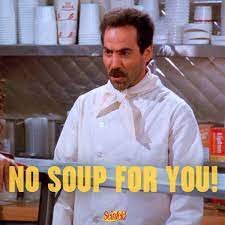Precisely!
You can fall of the cliff much quicker using dsp
It takes many years to reach the bottom using a coventional approach
Phil
All of the worst systems I’ve heard have either been digital or analogue.
The best I’ve heard have been in the analogue spectrum but great digital is still possible if it has been implemented in a kind of digital friendly or digital ideal way. Analogue and digital l see as having very different implementation pathways if you want the best out of either.
Still yet to hear a dsp system (or class d amp) at the best end (or for me even an ok end but that’s just for my needs) but that doesn’t mean it can’t happen.
Everyone’s experiences, expectations and perceptions are clearly variable in this area. There have been a few guys making positive noise about class d lately. That’d be good if it is better now but the only digital I’ve really liked has involved not using too many digital layers or components or at the more intense end of digital processing.
In my experience much fragmentation and multi layering with very heavy digital processes can tend with it then ending up seeming just more like something of a digital soup.
I think some of this discussion is unfair to the pro-DSP camp as it is an as yet (I believe) undisclosed fact on this thread that digital anything -- including DSP -- simply is anathema to a subset of the WBF membership.
Last edited:







